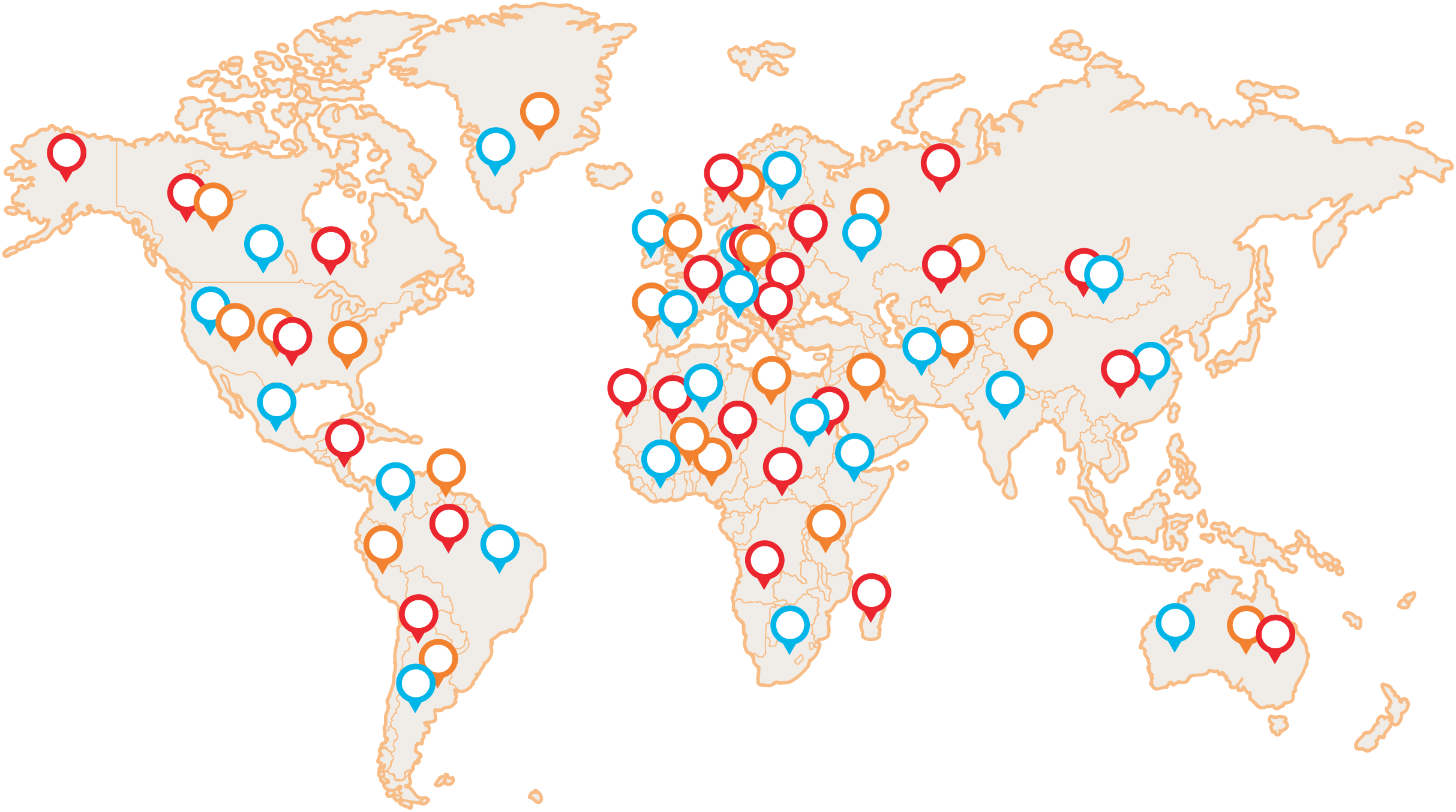Categories: gynaecology, sexuality, fertility, urology, pain relief.
The use of the recipe according to traditional Chinese medicine:
-dissipates coldness
-warms the uterus
-breaks up blood stasis in the lower abdomen
-soothes menstrual pain from cold
-warms and nourishes the Ren and Chong Mai pathways
-nourishes the blood
Description:
The famous formula of the even more famous Chinese medicine classic Zhang Zhong Jing from 220 A.D. Primarily intended for cold blocking the uterus, today this indication has shifted more to empty cold from deficiency of the Yang Kidney and blood. And the inner cold often attracts the outer cold as well. But what is most important for its use is the pain in the lower abdomen (and back, lower limbs) caused by the cold, i.e., relieved by the application of heat. Insufficient blood contributes to the pain, which, together with the cold, is the cause of the blockages. Imagine a river in which there is little water as its flow stops. This insufficiency of blood can be so great that it becomes a Yin insufficiency and an empty heat in the upper body, the typical symptom being a dry mouth and dry lips in the morning.
The mixture will replenish the blood and Yin, cool the pathological heat, dissipate the cold and warm, and above all - stop the pain. These mechanisms will simultaneously replenish and regulate the Chong and Ren Mai pathways, whose proper function is also necessary for pregnancy.
Indications:
-painful menstruation from empty cold
-empty cold in Chong Mai and Ren Mai along with blood stasis and heat from emptiness
-fertility problems
-irregular menstruation
-uterine bleeding outside the cycle
-mild ongoing uterine bleeding
-bleeding between periods
-pain and coldness in the lower body (lower abdomen, back, lower legs)
-heat rising up
-dry lips and dry mouth
-hot palms and feet
-palmar erythema (redness of the palms)
-diarrhea during menstruation
-white discharge
Modern Uses:
-absence of menstruation (amenorrhea)
-loss of ovulation (anovulation)
-luteal phase defect (abnormalities of progesterone secretion in the second half of the menstrual cycle)
-irregular menstruation (either premature or delayed prolonged or continued menstrual bleeding)
-ovulatory bleeding
-distention (tension) in the lower abdomen
-habitual diarrhea
-infertility
Language:
-drier body
-little coating
Pulse:
-xi
-se
-chen
-ruo
Contraindications:
-stasis and blockages associated with excess
Remark:
Although there are signs of stasis and blockages such as fullness in the abdomen, pain or increased muscle tension, usually the abdomen remains soft - this is a cold from the deficiency.
A centuries-tested blend indicated for female ailments. Although it can also be used for men who exhibit similar symptoms of "cold below and hot above" and suffer from the following ailments: infertility, impotence, urinary incontinence or lack of semen.
Prescription ingredients:
|
Edit by
|
Chinese
|
Czech
|
Latin
|
|
|
Wu Zhu Yu
|
|
Fruct. evodiae
|
|
|
Gui Zhi
|
Chinese cinnamon tree, twig
|
Ramulus cinnamomi
|
|
|
Dang Gui
|
Chinese angelica, root
|
Rad. angelicae sinensis
|
|
|
Chuan Xiong
|
Wallich's dill
|
Rhiz. ligustici
|
|
|
Bai Shao
|
Milkweed, root
|
Rad. Paeoniae Alba
|
|
|
Ren Shen
|
Ginseng
|
Rad. ginseng
|
|
|
Mai Men Dong
|
ofiopogon japonica, root
|
Rad. ophiopogonis
|
|
|
Mu Dan Pi
|
Peony, root bark
|
Cort. moutan radicis
|
|
|
Ban Xia
|
rhizome of triple pinellas
|
Rhiz. pinelliae
|
|
|
Gan Cao
|
licorice, root
|
Rad. glycyrrhizae
|
|
|
E Jiao
|
donkey skin glue
|
Colla corii asini
|
 Vital mushrooms PRO (17)
Vital mushrooms PRO (17) MyTao Edition (14)
MyTao Edition (14) Vital Mushroom Extracts (25)
Vital Mushroom Extracts (25) Combination of mushrooms and herbs (18)
Combination of mushrooms and herbs (18) Traditional recipes (5)
Traditional recipes (5) BIO vital mushrooms powder (9)
BIO vital mushrooms powder (9) Syrups (12)
Syrups (12) Dried vital mushrooms (6)
Dried vital mushrooms (6) Honey products (5)
Honey products (5) Vitamins (4)
Vitamins (4) BIO green food (2)
BIO green food (2) Other (3)
Other (3)

